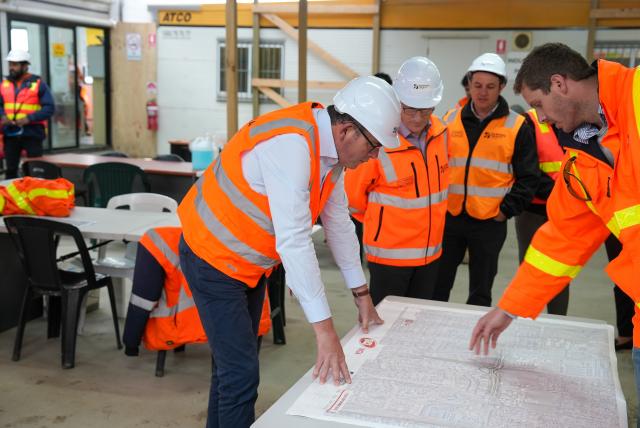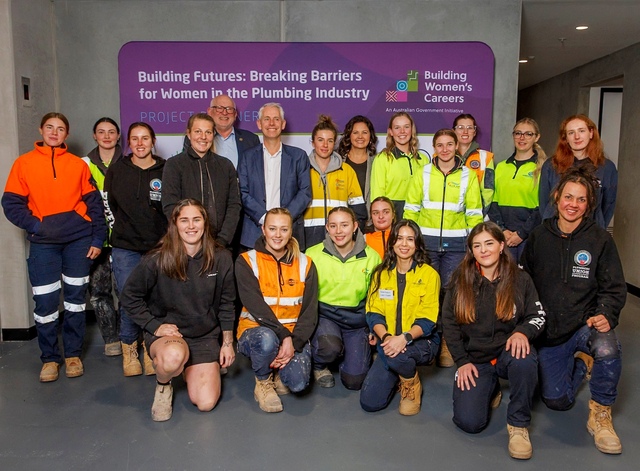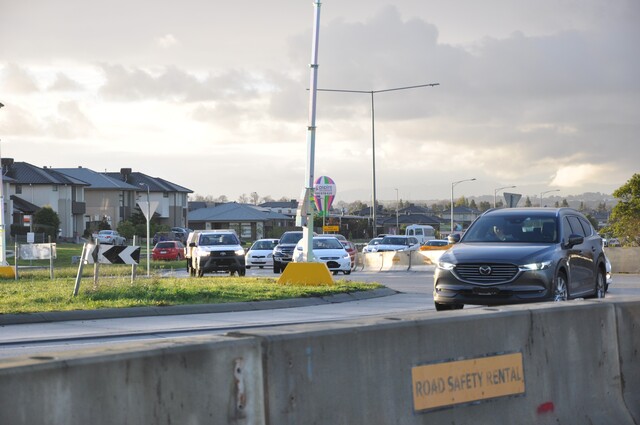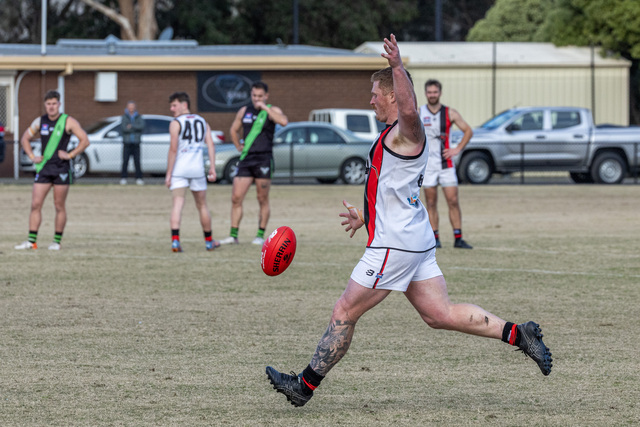Victorian Northern Metropolitan MP and Liberal Party member Evan Mulholland has called out the State Government for “hoarding” funds and withholding infrastructure contributions from growth areas like Casey.
“The Andrews Government is hoarding almost half a billion dollars that’s meant to go to growth areas, to basically prop up its budget bottom line,” he said.
Growth Areas Infrastructure Contributions (GAIC) funds are allocated for state sponsored infrastructure projects within seven growth area councils, including Casey and Cardinia.
According to the Department of Transport and Planning, GAIC funds must be spent in, or for the benefit of, the growth area councils.
Funds are used for new railway stations, new transport corridors, new bus interchanges, government school upgrades, emergency facilities, recreation facilities and open space improvements, among other things.
The GAIC was established in 2010 as a way for landowners in new growth corridor developments to help pay for community services and infrastructure.
A fee of between $110,000 and $130,000 is paid per hectare of land owned.
The ABC has reported as of June, the fund contains over $481 million in “unallocated funds”.
The Department of Transport and Planning reported no funding commitments to improve growth area infrastructure and services were allocated from the GAIC in the 2023/24 state budget.
More than $580 million has been paid out of the GAIC since 2010, but critics like Mr Mulholland say the funding simply isn’t matching the rate of growth in Casey’s burgeoning suburbs.
“The Government has encouraged development in these areas, generating revenue from stamp duty and additional developer contributions, residents in these areas should expect basic infrastructure, their tax contributions have already paid for it,” South Eastern Metropolitan Region MP David Limbrick said.
Liberal Member for Berwick Brad Battin has also criticised government spending in the region, claiming the Andrews’ Government use growth areas as a “cash cow” to fund infrastructure projects “in their own seats”.
“Hundreds of millions of dollars gets ripped out in taxes from land sales, stamp duty and new government taxes only to be invested in projects that have no attachment to our area,” he said.
“Why has the Government failed to fund the Clyde Railway extension, the Clyde North Police Station, upgrade of Clyde Road or in community sports and arts spaces for our growing area?
“We all know the Labor Government is sending Victoria broke, and they will continue to take money from the hardworking people in the growth corridors to help their spending spree in Labor seats.”
Casey Council said they feel “there is an opportunity for the State Government to better use Growth Areas Infrastructure Contribution funds”.
“Casey’s rapid population growth is leading to record car ownership and increased pressure on the city’s roads and transport network,” Casey Council growth and investment manager Kathryn Seirlis said.
“There is an opportunity to improve the coordination of delivery of state infrastructure to support population growth.
“The current approach to building local infrastructure means that often Council has to allocate additional rate payer funds to complete projects, where in many instances these funds could have been better spent in other parts of the municipality.”
Ms Seirlis said the cost gap in arterial road and intersection works is increasing due to rises in construction costs and the time required for approval and delivery.
Members of the Labor Government have backed the use of the GAIC, saying the funds are being allocated proportionally.
“Every dollar of the Contribution is spent on providing infrastructure for growing communities – such as schools and ambulance facilities,” a Government spokesperson said.
According to the Victorian Government, there are at times differences between GAIC collected and committed reflecting the long lead time to develop eligible capital projects.
They say the principle is that funds are to be distributed to growth areas in proportion to the amount received from that growth area over the long term.
At April 2023, the Victorian Government reported over $635 million in GAIC funding committed for almost 120 infrastructure projects.
Casey accounts for almost one-third of the total – $209.9 million.
These funds have supported Casey upgrades such as land acquisition for Cranbourne West Secondary College & Special School, Clyde North East Primary School, Ramlegh Park Primary School and Botanic Ridge Primary School, among others.
The fund has also paid for the construction of the Berwick Bus interchange, the construction of Casey Fields Primary School in Cranbourne East and the construction of a fire station in Clyde North.
Recreational and transport upgrades have also been sponsored from the GAIC, to the Casey Fields Regional Soccer Centre in Cranbourne East, the bus service in Narre Warren North and car parking and amenities at Cranbourne Station.
Member for Cranbourne Pauline Richards said the GAIC has “supported new schools, train station upgrades, better bus services, sports grounds, shared paths and emergency services facilities” in the region.
“More than $200 million has been committed locally from contributions so far,” she said.
“Our support extends well beyond this scheme and we’re proud to be genuine partner with the community.”







